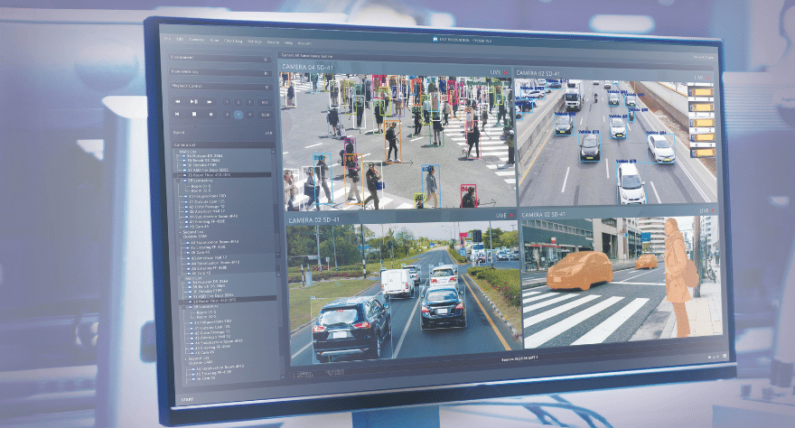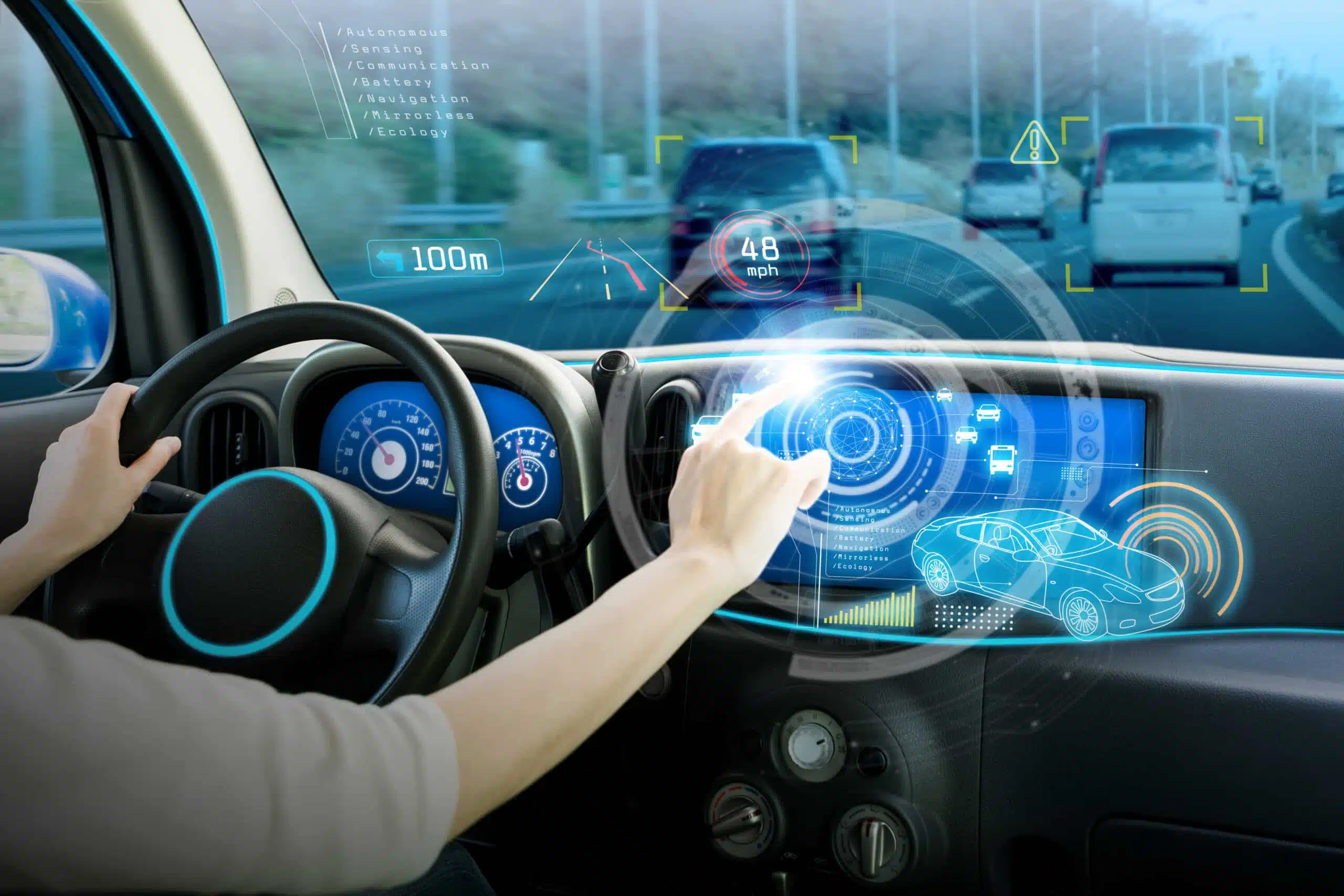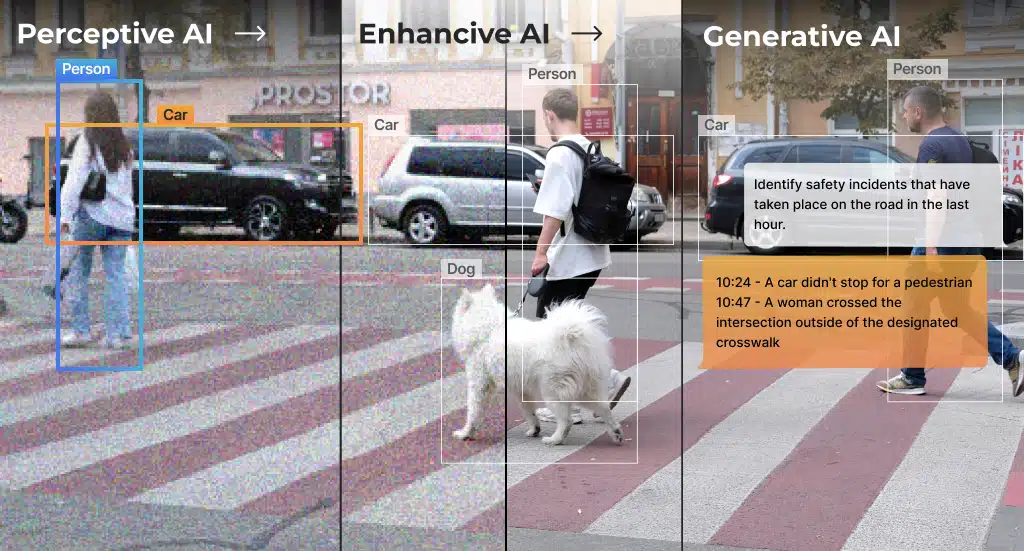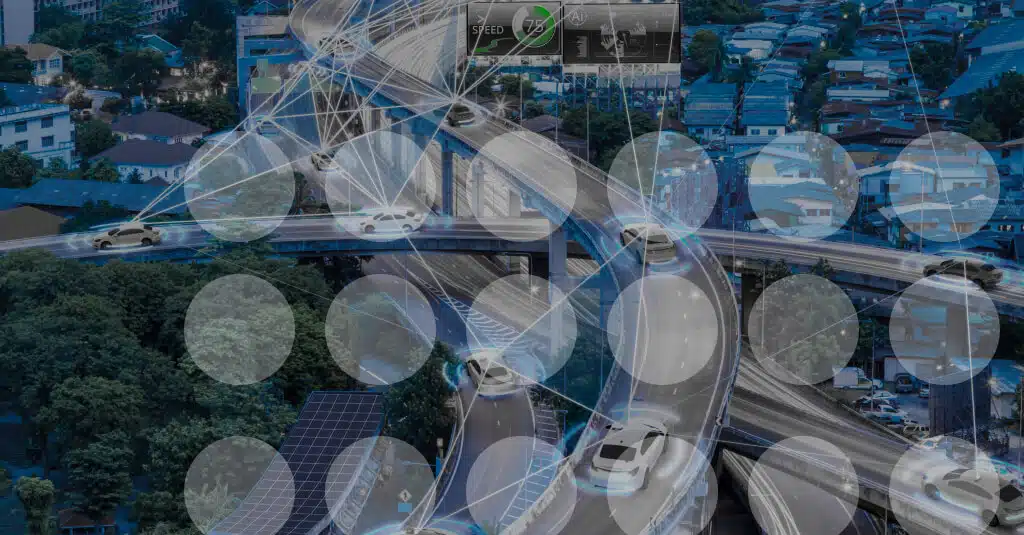Backing into the Future: Unlocking the Potential of Automated Parking
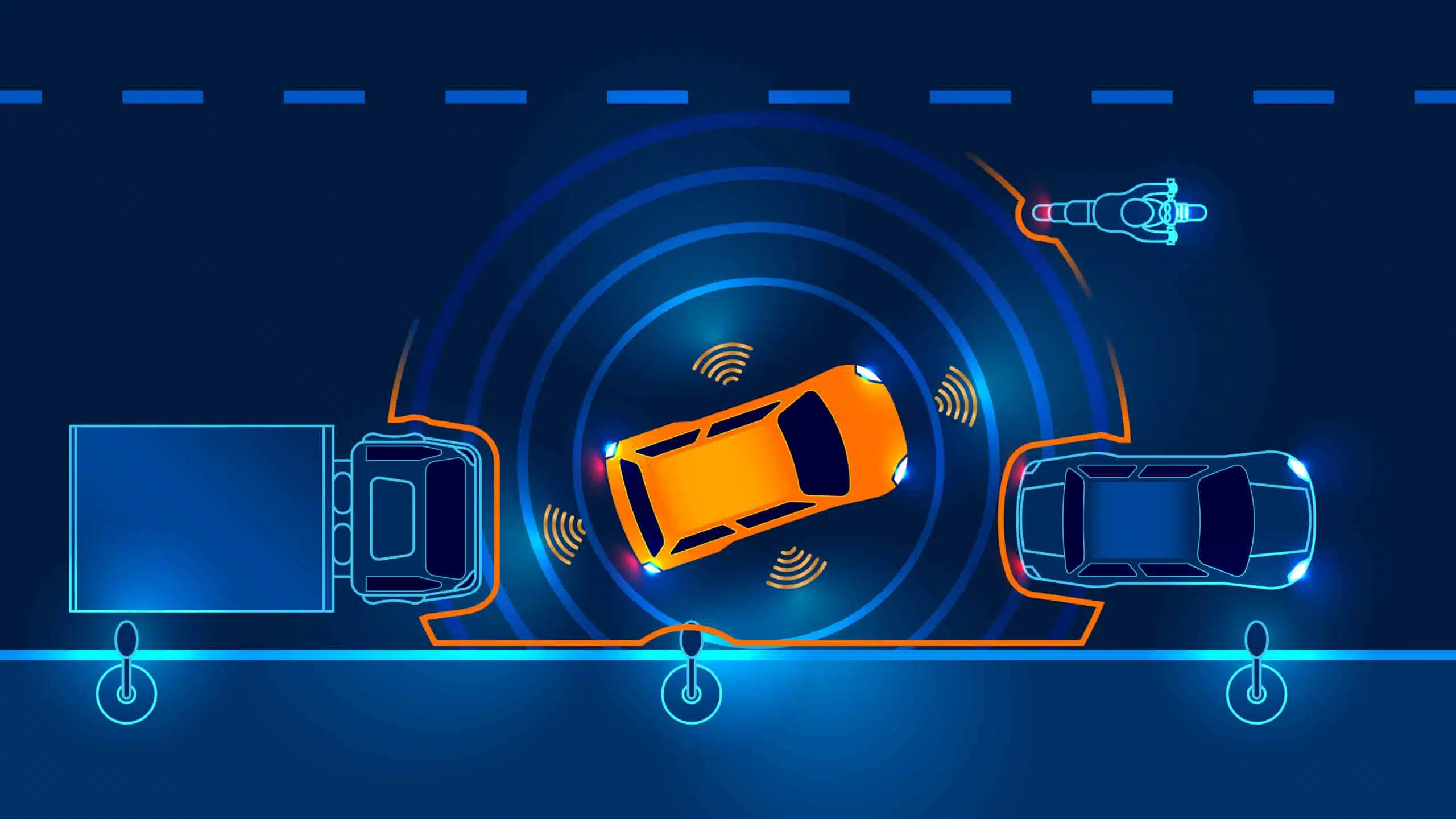
Beyond Scratches: The High Toll of Parking Accidents
There’s always this annoying little blind spot when you reverse into a parking spot – the column that you missed, the wall that’s just a bit closer than you thought or the curb protrusion that’s just a little too high. It’s so frustrating to bump or scratch your car, but that’s the smallest of parking accident problems. Not many people realize the magnitude of parking accidents, and the financial and social impact they have. It is estimated that one in five vehicle accidents occur in parking lots, about a ¼ of them involve driving backwards, and a 1/3 are reported to be a result of driver’s distraction. Over 500 people die every year in parking lots and garages and 60,000 more are injured.
As cities continue to expand and city centers become densely populated, the demand for parking spaces far exceeds the available supply. Residents, business people that commute daily to the city center, tourists, and other visitors are all competing over a limited number of free parking spaces. This results in frustration and stress which in turn increase the number of parking lot accidents. The wasting of valuable time, which could have been spent on more productive or enjoyable activities, and the increased traffic congestion are an additional detrimental by products of the parking space scarcity.
For elderly or disabled drivers, finding an easy-to-access parking spot is not just a matter of convenience, but rather a crucial aspect of their quality of life. Scarce and small parking spaces can make it exceedingly difficult for them to even consider leaving the house, access essential services, visit medical facilities or simply enjoy leisurely activities with family and friends, leading to isolation and a decline in well-being.
For these and many other reasons, the technological advancements that enable cars to use a set of cameras, radars, and other sensors to assist drivers to park safely, or take over the parking process all together, are becoming increasingly popular.
Safety First: The Regulator is Taking Action
A major growth driver for automated parking systems is the increasing availability and acceptance of Autonomous Emergency Braking (AEB) systems. Many vehicle manufacturers now offer AEB systems which can bring the car to a safe halt before a vulnerable road user (VRU) – typically a pedestrian or a cyclist – is hit, or in other cases reduce the speed of the collision to minimize the damage. AEB is increasingly becoming a requirement, both by car owners and regulators. While the European New Car Assessment Program (Euro NCAP) introduced several test scenarios for pedestrian AEB in recent years, and updated them in 2023, the US Department of Transportation’s National Highway Traffic Safety Administration (NHTSA) recently announced that it would make AEB on passenger cars and light trucks a mandatory requirement. In terms of the hardware, AEB can be enabled using existing viewing systems such as cameras and radars installed in the car, by adding to them AI processing capabilities. Recent technological advancements and automakers investment are making these systems more efficient, reliable and affordable. Once AI processing is applied on the surround viewing system of the car, there are no real barriers to enable fully automated parking system on top of the AEB capabilities, and some OEMs and Tier 1s already offer AEB and automated parking as a bundle package.
Taking the Wheel: A Wide Range of Automated Parking Solutions
Traditionally, parking is a technical and tedious task, a hassle required as part of the drive and is seldom enjoyable to the driver. Together with the slow and cautious nature of the task and the relatively controlled environment of a parking garage, assisted and automated parking can provide significant safety and comfort using relatively accessible technology. Additionally, the sensing configuration is superior to the human driver when considering blind spots and 360° perception at once. Together with the patience and precision required to slide into a tight spot, parking becomes the perfect task for an automated machine.
There are three main types of automated parking solutions, varying in their level of autonomy. The basic level of autonomy includes a parking assist system which handles the wheel steering while the driver still controls the acceleration and brake pedals and the transmission gear to control the speed of the vehicle. This system, often called a parking pilot, can estimate whether a parking space is suitable for the size of the vehicle, and assist in safely entering or exiting both parallel or perpendicular parking. These systems have existed for over a decade and use ultra-sonic sensors (USS), which makes them less accurate and therefore less convenient.
The next level of autonomy is a fully automatic parking system which requires the driver to remain in the car, activate the system, monitor the process, and be prepared to take control if necessary. This automated parking system takes full control of the steering wheel as well as the pedals and gear. An advanced feature of such systems is space search, which drives around the parking lot and locates a proper parking space which can fit the vehicle safely. These systems are often powered by a fusion of sensors such as cameras and USS/SRR (short range radars).
The most advanced level of parking automation are autonomous parking systems, also called remote parking systems, that allow the driver to stand outside of the car while it independently drives the car to a safe parking. The driver can step out of the car and command it to park in a vacant parallel or perpendicular spot from remote, using a smartphone. The pinnacle of autonomous parking is the additional ability to summon the car to exit the parking space and pick the driver up on demand. In combination with smart parking lots, autonomous valet parking can be enabled, in which the driver can leave the car at a drop-off point in the garage and activate the parking using a smartphone app. The parking garage will direct the car to a free parking spot suitable for the size of the vehicle. Electrical vehicles can first be routed to a charging point, and then autonomously move to a regular parking spot, to await a summon by the driver in a fully charged state.
The Brain Behind the Wheel: What Drives Automated Parking
To allow automated parking AI, the vehicle must possess a precise perception of its environment, in addition to accurate measurements of its own size. The second part is easy, the numbers are known from the design of the vehicle. But the first part is trickier, since perception typically requires a combination of measurements calculated from the camera sensors using the following groups of algorithms:
- Object detection – AI-based algorithms which identify objects in the sensor data (e.g., camera video input), such as vehicles, pedestrians, traffic signs, etc. This information is important for both safety (avoid vulnerable road users), maneuverability (avoiding hitting objects), abiding traffic and parking regulations (according to traffic signs and markings) and more.
- Drivable space detection – this capability, also known as semantic segmentation, is typically carried out by a class of AI-based algorithms which split the image into regions indicating different semantic meaning, like road, curb, vegetation, sky, wall, etc. This information is essential for the scene understanding of the ego vehicle in order for it to maneuver within the drivable space, understand where there are free parking spaces and more.
- Geometrical perception – there are various methods to extract geometrical measurements from images, often by tracking feature points and texture movement over time. Using input signals from the vehicle (such as speed, yaw rate, acceleration etc.) and predetermined scale of the optics and cameras’ position, the AI algorithms allow accurate orientation of the vehicle in its environment, providing measurements required to control the vehicle. These measurements are applied to the detected objects, translating the image from the 2D detection into 3D perception of each detected entity.
On top of the visual information, parking automation systems often use sensor fusion. For instance, the information coming from the USS or SRR can complement the visual measurements and improve their accuracy. Or a radar detecting objects in the scene can improve the confidence and accuracy of the vision-based algorithms in various conditions, leveraging the strengths of each sensor.
Revving Up Autonomy: Hailo Drives Autonomous Parking for All
Most vehicles today, and particularly private vehicles, do not support automated parking. However, mass market vehicles usually include a surround/top view system which relies on cameras and ultrasound sensors to show the driver an image of the close surrounding and alert when nearing obstacles during parking. Still, the main contributor to a successful parking maneuver is the driver’s vision, line of sight and careful control of the vehicle.
Autonomous parking systems today are mainly installed in premium vehicles as the associated cost of sensors for a full surround view (cameras, radars, lidars, etc.) and the compute power needed to process all these signals is still very high.
Hailo’s mission is to make vehicle safety affordable and cost efficient. Our AI processor enables high capacity of AI at a low power and low-cost envelope, enabling high performance AI perception for a full surround view system, at an attractive price point for mass market manufacturers.
By adding a Hailo AI processor to an existing surround viewing system, any vehicle can be upgraded to support AEB to enable maximum safety for driver, passengers and VRUs. A further upgrade of the AEB-supported surround view system into an automated parking system is typically only a matter of software update and can even be done from remote as an Over-the-Air (OTA) update, assuming the vehicle already has in place ADAS elements for automated steering and automated breaking/accelration. Hailo enables high-capacity AI at an affordable cost, making every car and every driving experience safer and more comfortable.
Read mode about what we do
Hailo offers breakthrough AI accelerators and Vision processors
